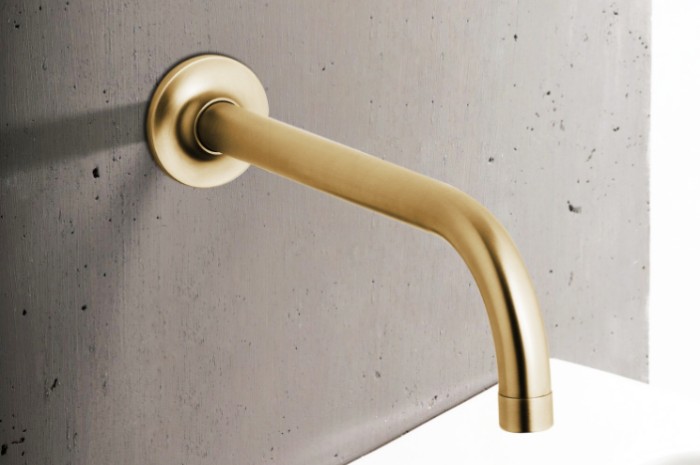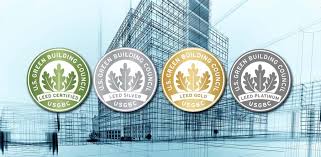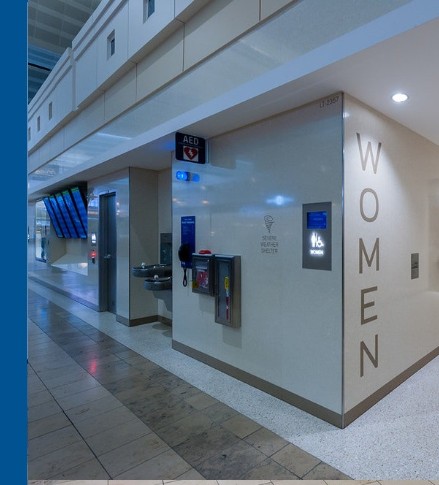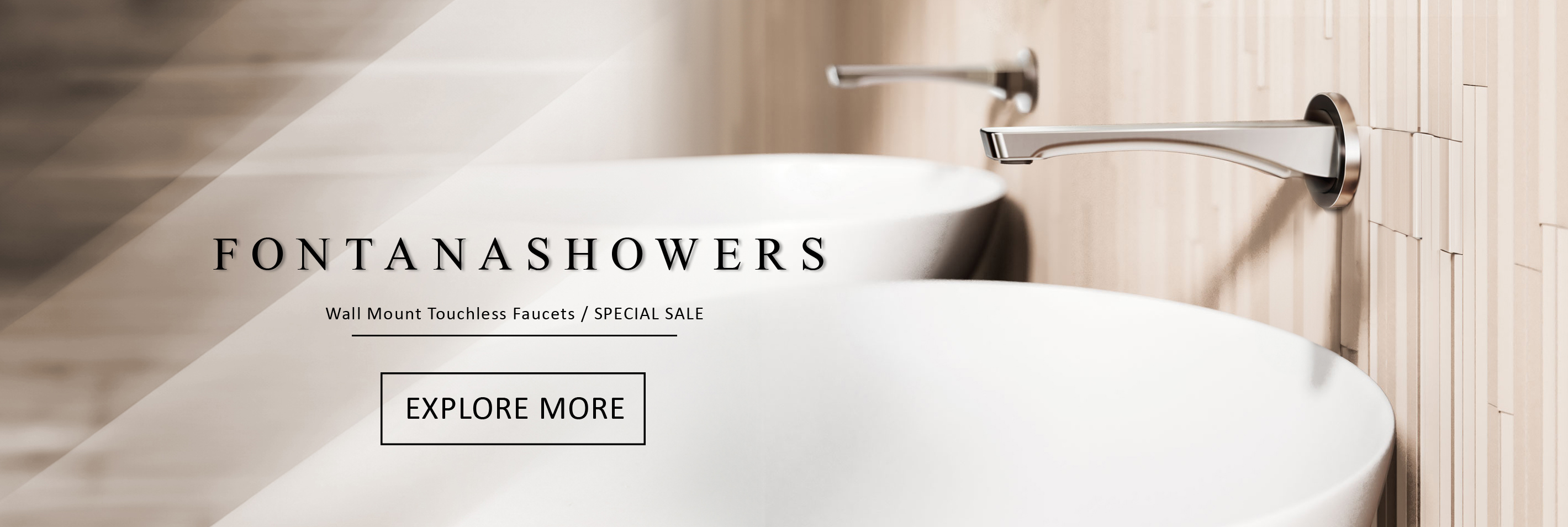How do touchless faucets contribute to LEED certification in public buildings?
Automatic Sensor Faucets Gold
Touchless faucets play a pivotal role in helping public buildings achieve LEED (Leadership in Energy and Environmental Design) certification. This prestigious certification is recognized globally and serves as a benchmark for the design, construction, and operation of high-performance green buildings. Incorporating touchless faucets can contribute significantly to meeting LEED standards by enhancing water efficiency and reducing energy consumption related to water heating.

Contribution to Water Efficiency
One of the primary ways in which touchless faucets contribute to LEED certification is through their impact on water efficiency. LEED certification has specific prerequisites and credits associated with water use reduction that buildings must meet to gain points. Touchless faucets help achieve these points through several mechanisms:
Reduced Water Waste: Traditional faucets often continue to run longer than necessary, either due to user neglect or manual operation quirks, leading to significant water wastage. Touchless faucets, equipped with motion sensors, ensure that water flows only when actually needed and stops immediately when hand movement ceases. This automatic shut-off mechanism significantly cuts down on water wastage.
Controlled Flow Rates: Many touchless faucets are designed to operate at reduced flow rates without compromising on user experience. These reduced flow rates are aligned with the LEED requirements for water efficiency, ensuring that the faucets use less water per second than traditional faucets, contributing to overall water conservation goals.
Promotion of User Efficiency: By providing water only when needed and stopping it immediately after use, touchless faucets inherently promote more efficient water use among building occupants. This behavioral shift is crucial in high-traffic areas such as public restrooms in commercial buildings, where even minor efficiencies per use can lead to significant water savings.
Energy Efficiency Through Reduced Hot Water Use
Touchless faucets also contribute to energy efficiency, particularly regarding the heating of water. Hot water requires energy to heat, and by reducing the unnecessary use of hot water, touchless faucets decrease the overall energy consumption of a building. Here’s how:
Reduced Demand for Hot Water: Since touchless faucets curtail excessive water flow, they naturally reduce the demand for hot water. Less hot water used translates directly into reduced energy consumption needed to heat that water.
Optimized Water Temperature Settings: Some advanced touchless faucet models allow for preset water temperature settings, which can optimize energy use further. By preventing the mixer from using too much hot water, these faucets ensure that only the necessary amount of water is heated, further enhancing energy efficiency.
Integration with Broader Sustainability Goals
Touchless faucets align with the broader sustainability goals emphasized by LEED certification, which include enhancing the health and well-being of building occupants and minimizing the strain on local water and energy resources. By promoting a healthier, more sustainable water usage pattern and reducing cross-contamination risks (thanks to their touch-free operation), these faucets support the holistic environmental goals that LEED certification embodies.
Brio Commercial Gold Touchless Volume Automatic Sensor Hands Free Faucet
Practical Implementation and LEED Certification
For facility managers and builders looking to achieve or improve their LEED certification status, installing touchless faucets can be a practical step forward. Not only do they contribute directly to meeting LEED criteria, but they also signal to users and stakeholders a commitment to sustainable practices. When planning for LEED certification or recertification, it’s important to consider these faucets as part of an integrated approach to sustainable building design that considers water and energy efficiency, user health, and environmental impact.
In summary, touchless faucets are more than just a modern convenience; they are a crucial component in the sustainable design toolkit, offering significant benefits in terms of water and energy efficiency, which are key criteria for LEED certification in public buildings. Their installation represents a thoughtful step towards more sustainable, efficient, and health-conscious building environments.








